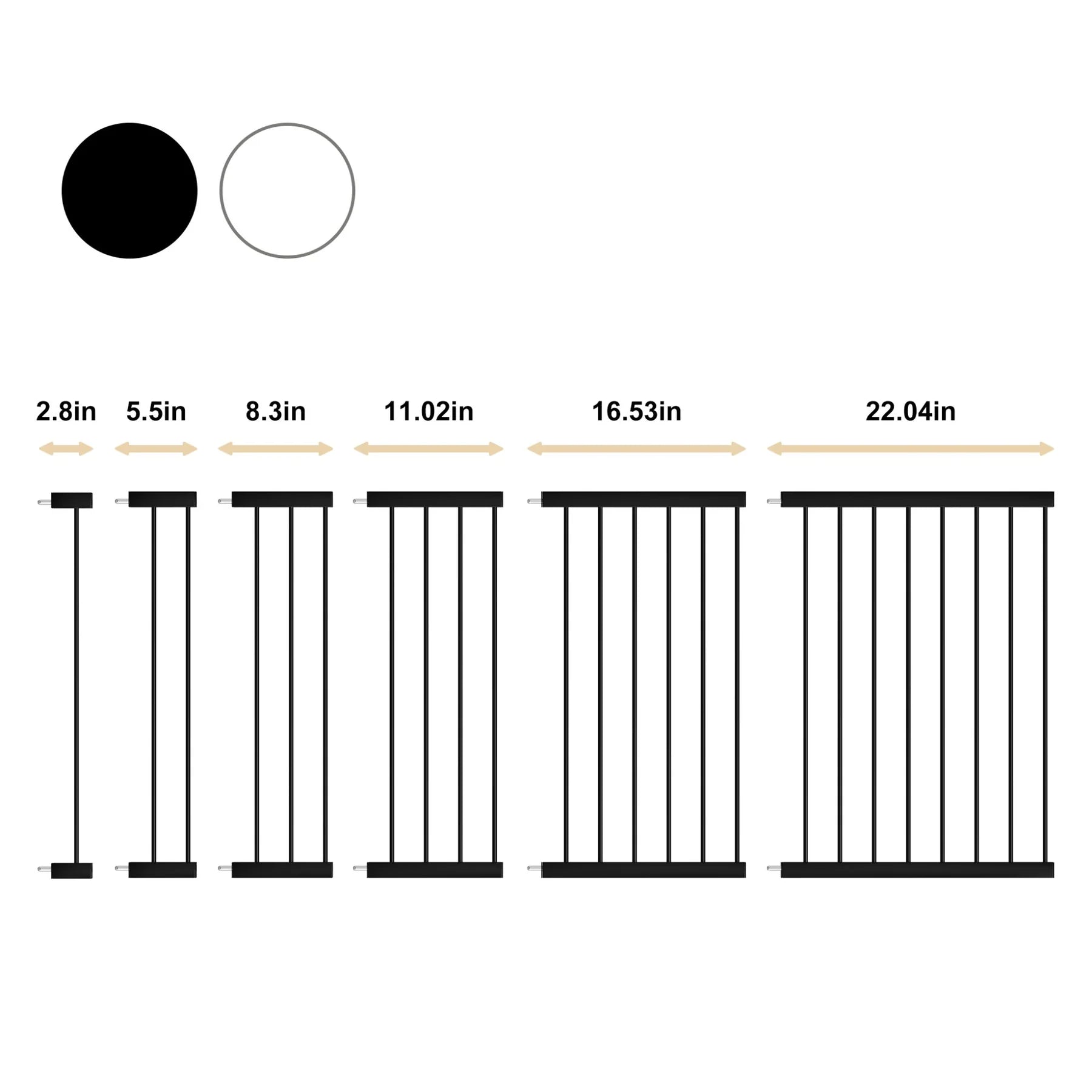The Ultimate Guide to Trimming Your Dog's Nails at Home
Nail trimming is an essential part of dog grooming that shouldn't be neglected. Overgrown nails can cause pain, discomfort, and even lead to serious health issues for your furry friend. While you can take your dog to a professional groomer, trimming their nails at home can save you time and money. In this comprehensive guide, we'll walk you through the step-by-step process of trimming your dog's nails safely and effectively, ensuring that you're well-equipped to maintain your dog's paw health between professional grooming sessions.
Why Trimming Your Dog's Nails is Important
Regularly trimming your dog's nails is crucial for their overall health and well-being. Here are some compelling reasons why you should make it a part of your dog's grooming routine:
-
Prevents Discomfort and Pain
Overgrown nails can curl and grow into your dog's paw pads, causing severe pain and discomfort. This can lead to limping, reluctance to walk, and even infections. Additionally, long nails can get caught on carpets or other materials, potentially ripping off and causing significant injury. -
Avoids Damage to Your Home
Long nails can scratch hardwood floors, furniture, and even your skin when your dog jumps up to greet you. Trimming their nails can prevent unwanted scratches and damage, preserving the integrity of your home and protecting your family from accidental scratches. -
Improves Traction and Balance
Properly trimmed nails provide better traction and balance for your dog, especially on slippery surfaces like hardwood floors or tiles. This is particularly important for senior dogs or those with mobility issues, as it can prevent slips and falls. -
Supports Healthy Posture and Gait
Overgrown nails can alter your dog's posture and gait, leading to joint problems and arthritis in the long run. By keeping the nails at an appropriate length, you help ensure that your dog's weight is distributed evenly across their paws, promoting better joint health and mobility.
Preparing for the Nail Trimming Session
Before you begin trimming your dog's nails, it's essential to gather the necessary supplies and create a comfortable environment for both you and your furry companion.
Supplies Needed:
- Dog nail clippers or grinders (guillotine-style clippers or scissors-type clippers)
- Styptic powder or cornstarch (to stop bleeding in case of accidental quicking)
- Treats and praise (to reward your dog for good behavior)
- A non-slip surface or grooming table (optional)
- A file to smooth out any rough edges after clipping (optional)
- A good quality nail file or emery board to smooth out any rough edges after clipping
- A towel or blanket to keep your dog comfortable and to catch nail clippings
- A headlamp or focused light source to better visualize the quick in darker nails
- A pet-specific nail file or Dremel to smooth out edges if using a clipper
- A soothing paw balm or moisturizer to apply after trimming to keep your dog's paws soft and to prevent cracking
Creating a Comfortable Environment:
- Choose a quiet and well-lit area with minimal distractions.
- Have someone help you restrain your dog gently if necessary.
- Play calming music or provide your dog with a favorite toy to keep them occupied.
- Ensure that your dog is in a comfortable position, whether that's lying down or standing, depending on their preference and your ability to access their nails.
Step-by-Step Guide to Trimming Your Dog's Nails
Now that you've gathered the necessary supplies and prepared the environment, it's time to start trimming your dog's nails. Follow these steps for a successful and stress-free nail trimming experience:
-
Familiarize Your Dog with the Process
If your dog is new to nail trimming, start by introducing them to the clippers or grinder. Let them sniff and investigate the tools while offering treats and praise. This will help them associate the process with positive experiences. You can also simulate the sensation of nail trimming by gently pressing on their nails with the clippers without actually cutting. -
Get Your Dog Comfortable
Gently hold your dog's paw in your hand, applying gentle pressure to the pad. This will cause the nail to extend, making it easier to trim. Offer treats and praise to keep your dog calm and relaxed. If your dog seems nervous, spend some time massaging their paws and getting them used to being handled before you begin the actual trimming. -
Identify the Quick
The quick is the pink or dark-colored area inside the nail that contains blood vessels and nerves. Avoid cutting into the quick, as it can cause bleeding and pain. If your dog has light-colored nails, the quick will appear as a pinkish area inside the nail. For dark nails, the quick may be harder to spot, so be extra cautious. You can look for a change in texture or color as a guide to where the quick ends. Shining a flashlight behind the nail can sometimes help illuminate the quick in darker nails. -
Trim the Nails
Using your preferred clippers or grinder, trim the nail just below the quick. If you're unsure about the quick's location, it's better to take off smaller amounts at a time to avoid accidental cutting. It's important to be confident in your movements, as hesitation can make your dog anxious.
For clippers:
- Position the clippers at a slightly angled perpendicular to the nail.
- Squeeze the clippers firmly to trim the nail in one clean cut.
- Avoid twisting or bending the nail as you cut, as this can be uncomfortable for your dog.
For grinders:
- Hold the grinder at a 45-degree angle to the nail.
- Gently grind away the excess nail, taking care not to grind too close to the quick.
- Grinding in short bursts can help prevent heat buildup, which can be uncomfortable for your dog.
-
Reward and Praise
After trimming each nail, reward your dog with treats and praise. This positive reinforcement will help them associate nail trimming with a pleasant experience. It's also an opportunity to check in with your dog and ensure they're still comfortable and not showing signs of stress. -
Address Bleeding (If Necessary)
If you accidentally cut into the quick, don't panic. Apply styptic powder or cornstarch to the nail to stop the bleeding. Apply gentle pressure with a clean cloth until the bleeding stops. Comfort your dog and give them a break before continuing if needed. -
Repeat on All Nails
Repeat the trimming process on all nails, working in a calm and patient manner. Take breaks if your dog becomes restless or anxious. Remember to trim the dewclaws if present, as these nails can easily become overgrown since they don't wear down naturally.
Tips for a Successful Nail Trimming Experience
To make the nail trimming process smoother and less stressful for both you and your dog, consider these helpful tips:
-
Start Early
Introduce your dog to nail trimming at a young age. The earlier you start, the more comfortable they'll be with the process. Puppies can be more adaptable and may take to nail trimming more easily than older dogs who are not accustomed to it. -
Use Positive Reinforcement
Offer treats, praise, and positive reinforcement throughout the trimming process. This will help your dog associate nail trimming with a positive experience. Create a routine that your dog can recognize, such as trimming after a walk or bath when they are more relaxed. -
Take Breaks
If your dog becomes restless or anxious, take a break and try again later. Forcing the process can lead to stress and negative associations. It's better to trim a few nails at a time than to overwhelm your dog by trying to do them all at once. -
Consider Professional Grooming
If your dog is particularly anxious or aggressive during nail trimming, consider taking them to a professional groomer. Groomers are trained to handle difficult situations and ensure the safety of both the dog and the groomer. They can also provide you with tips and techniques specific to your dog's needs. -
Trim Regularly
Aim to trim your dog's nails every 4-6 weeks. Regular trimming will prevent overgrowth and make the process easier for both you and your dog. Consistency is key to maintaining short nails and reducing the quick's length over time.
When to Seek Professional Help
While nail trimming can be done at home, there are certain situations where it's best to seek professional help:
-
Overgrown or Ingrown Nails
If your dog's nails have become severely overgrown or ingrown, it's best to have a professional groomer or veterinarian handle the trimming. Overgrown nails can be challenging to trim and may require specialized tools or techniques. A professional can safely trim the nails back to a healthy length and provide guidance on how to maintain them. -
Behavioral Issues
If your dog displays aggressive or anxious behavior during nail trimming, it's safer to have a professional groomer or veterinarian handle the process. They have the necessary experience and tools to ensure the safety of both the dog and the groomer. They can also offer sedation or other calming methods if needed. -
Health Concerns
If your dog has any underlying health conditions that may affect their ability to stand or remain still during the trimming process, it's advisable to seek professional assistance. Conditions such as arthritis or hip dysplasia can make nail trimming uncomfortable, and a professional can help minimize stress and pain.
Regular nail trimming is essential for your dog's comfort, mobility, and overall well-being. By following the steps outlined in this guide and incorporating positive reinforcement techniques, you can make the nail trimming experience a stress-free and enjoyable one for both you and your furry friend. Remember, if you encounter any difficulties or concerns, don't hesitate to seek professional help from a groomer or veterinarian. With patience, practice, and the right approach, nail trimming can become a routine part of your dog's grooming that they may even look forward to.






Leave a comment